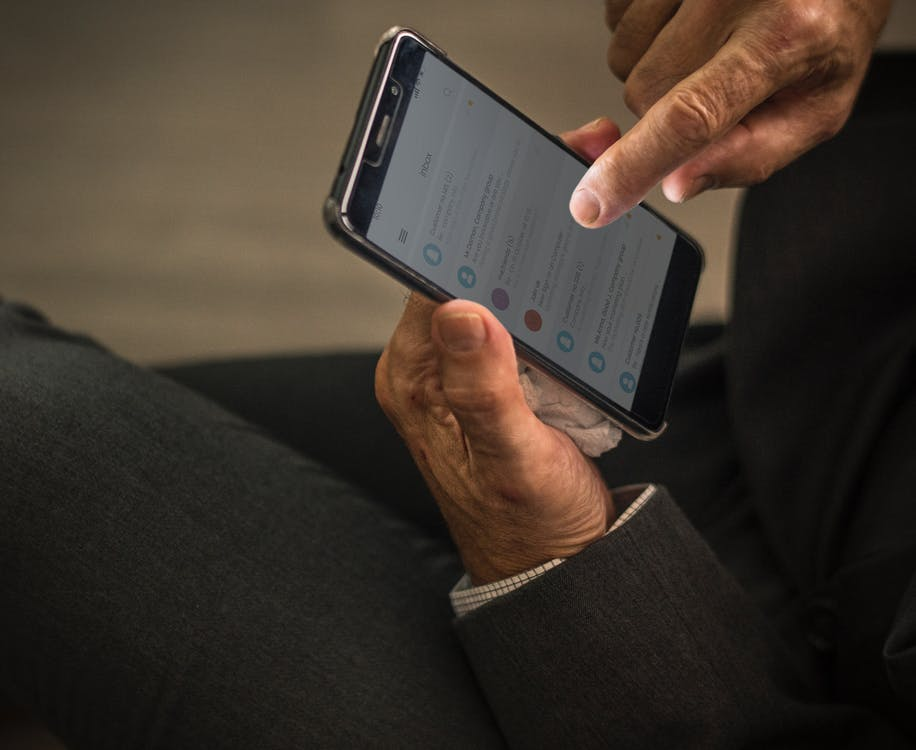
Image Source: rawpixel.com
Does anyone really like sending cold emails? Perhaps not … but they’re often an essential sales tool.
Done well, cold sales emails can be a very effective way to grow your client base and your business.
Done poorly, they’ll be a waste of your time – and they may actively alienate your best potential customers.
Table of Contents
Why You Should Personalize Cold Emails
Personalizing cold emails doesn’t simply mean adding in the recipient’s name (though of course you should do that).
It means making it clear that you’ve done some research on the person you’re contacting, and explaining why your offer will be a good fit for them personally.
We all get a lot of emails every day … and if yours reads like a lazy piece of marketing copy, it’s going to simply get deleted.
If you want some examples of what personalization can look like in action, take a look at this post by Leadfeeder, which gives four real-life cold emails (and their results), and breaks them down into templates that you can use too.
Personalization makes it clear that your emails aren’t spam, too: crucial if you don’t want to run into technical and legal issues.
What to Focus On When Personalising Your Cold Emails
When you’re personalising your cold emails, look for opportunities to do one or more of the following:
#1: Mention Shared Hobbies, Interests, or Location
Do you and the recipient share a hobby, like golfing or running? Did they once live in the same town as you? Are you both keen fans of Game of Thrones or Breaking Bad?
Whatever the connection might be, it’s a great way to instantly personalise your email and make it clear that you’re not just sending the same mass email to everyone.
#2: Mention a Shared Connection
Did someone pass on the recipient’s email address to you? Then mention that! Something as simple as “John Doe said you’d be a great person to get in touch with” is enough to give you some instant credibility.
For bonus points, get your mutual connection to send the email for you – or at least copy them in, as this makes it clear you’re not simply name-dropping without a real connection.
#3: Mention Something They’ve Recently Achieved
Take a look on LinkedIn, Twitter, and Facebook to see what the recipient has been talking about recently.
Have they recently received an award, published a great piece of content, or been written about in the media? Work this into your email – e.g. “Congratulations on the XX award – I’m sure it was very well deserved!” or “I loved the post you wrote on [topic] … especially the bit on [something specific they wrote about].”
#4: Mention Specific Pain Points
Has the recipient been struggling with something that they’ve mentioned on social media? Is there a particular challenge that you can easily guess that they must be facing? (E.g. if their company is advertising for several new positions, they could be facing the challenges that come with rapid growth.)
If any of these things are relevant to your product/service, mention them in your email, and explain how you could help. For instance, “It looks like your company’s growing really fast! Our software is designed to help you with…”
Whichever technique you use, personalizing cold sales emails means taking a bit of time and doing some research and digging.
Don’t fret about spending extra time on your emails, though.
If you send 50 highly personalized emails and get a 20% response rate, that’s 10 new prospects. (For a case study, check out this post about one marketer getting a 50% open rate, a 29% response rate, and a 5% conversion rate.)
You’ll be doing a much better job than someone sending 500 rushed, barely personalized emails and only getting a 1% response rate – 5 new prospects. Last but not the least, make sure that your emails are aligned with your business marketing strategy. Otherwise, what is a point of all of this if your emails are not designed to bring you closer to your business goals?
Which technique will you use to start adding more personalization to your cold emails?

